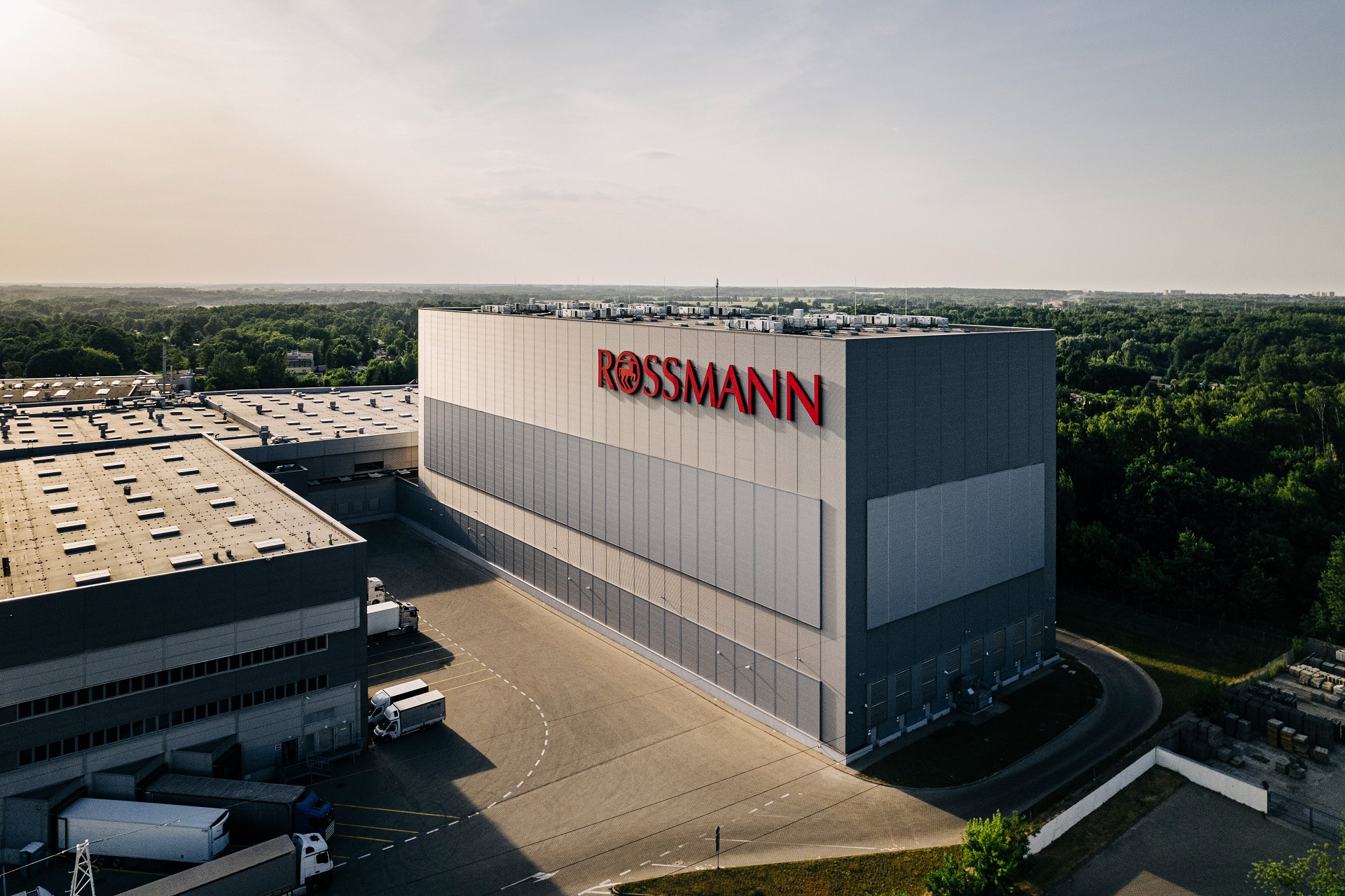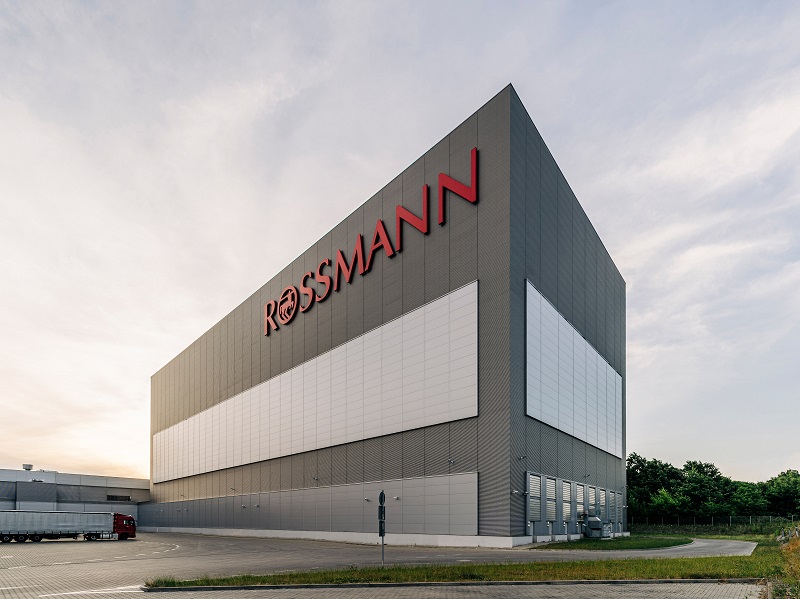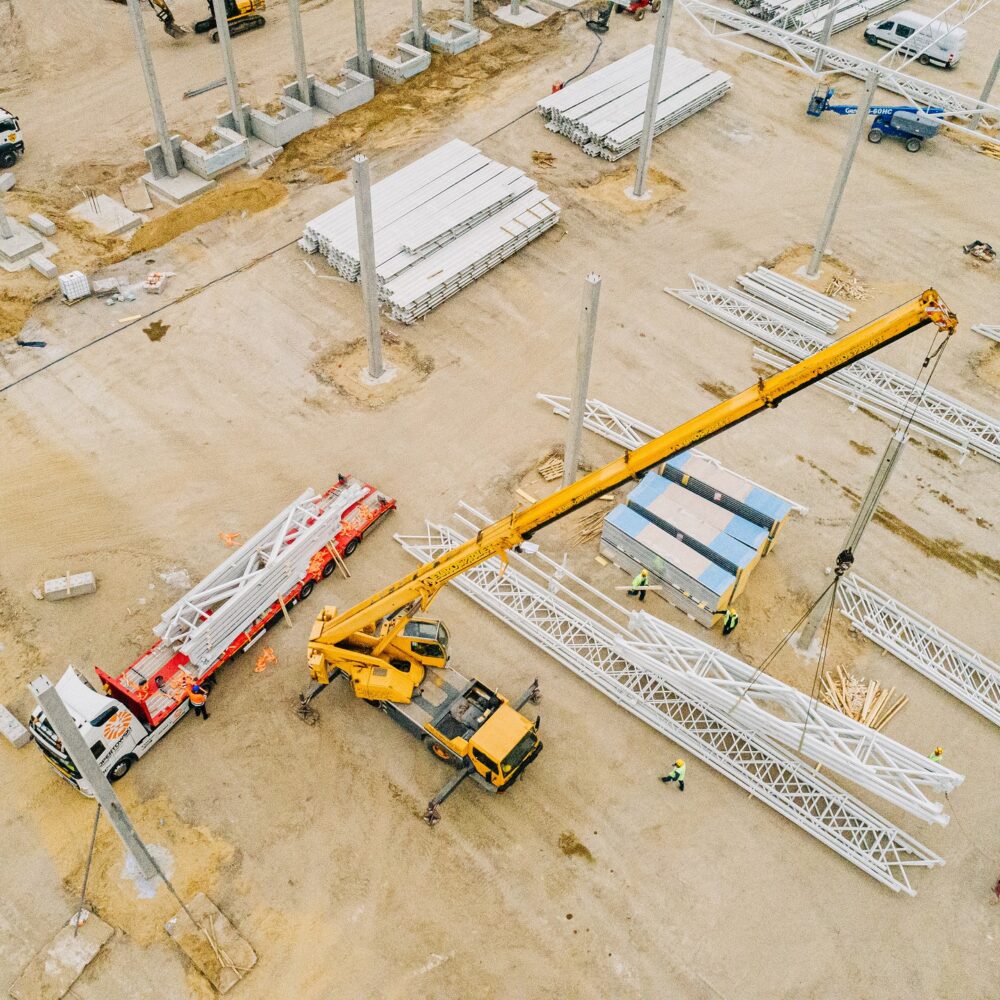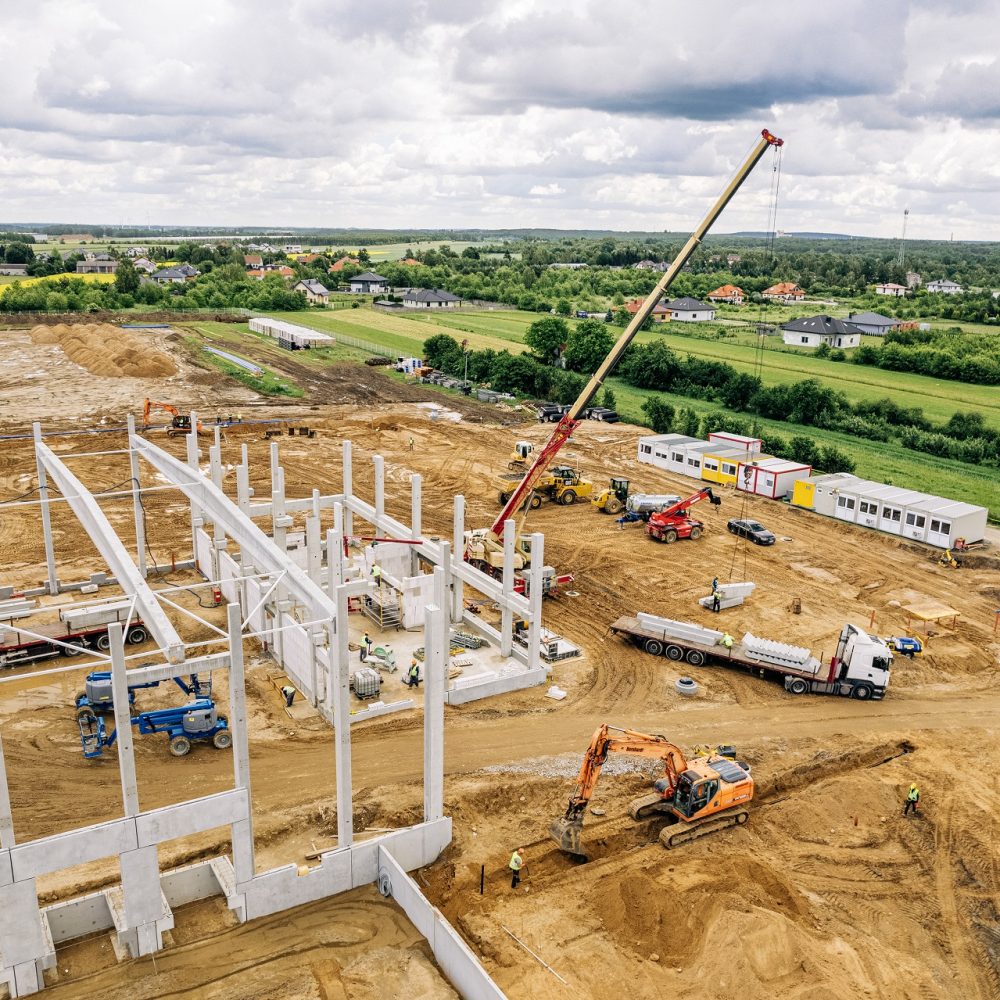
High-bay warehouses are very common in the industry because of their excellent usability. They are most often made of steel structures with many design options possible. See what you need to know about high-bay steel buildings!
High-bay warehouses – overview
Storage spaces come in various types depending on the criterion adopted. One of the most important is the usable height of the building. It is not the same as the maximum height of the structure, but only applies to that ceiling which is used for storage. In this respect, low, medium and high-rise warehouses can be distinguished. The latter are commonly referred to as high-bay warehouses or high-bay halls.
In terms of design, high-bay warehouses are nothing more than steel halls. Structural solutions will vary depending on the facility and its use. High-bay warehouses are ideal for logistics and shipping centres. They are also used for commercial facilities such as DIY stores, hypermarkets and furniture centres.
Storage methods in halls
High-bay warehouses offer the best relationship between the size of space occupied (m2) and its use. Although special machinery and work organisation (e.g. specialised forklifts) is required, in simple terms, it can be said that the higher the high-bay warehouse, the greater the profitability per m2.
The high-rise structure is also suitable for transporting goods with specific requirements. It is possible to create a high-bay warehouse for storing hazardous goods or for a cold store for food products.
Building a high-bay warehouse
High-bay halls are built taking into account all aspects of the specific future use. Although the high-bay warehouses still lack a distinctive legal definition, neither in standards nor in Polish occupational health and safety regulations, the building practice provides a number of guidelines that must be met. Much depends on the type of goods to be stored. The planned use of individual rack systems should also be taken into account at the design stage. Indeed, the implementation of some logistics systems may require alternative security solutions to be adopted early at the design stage. There are a number of rack systems and types of reach trucks (including automated ones) available which is why it is so important to know the details of the facility future use.

Another aspect is the nature of the structural system of such buildings. High-bay halls use rack substructures as the load-bearing structure. The roof and walls are also supported by these elements. In addition to that, any other guidelines should also be taken into account after discussion with the investor, e.g. the staff facilities and the adjacent areas development. Once a design is made and all permits are obtained, the construction of a steel high-bay warehouse is no longer a challenge to an experienced contractor. Like other steel structures, these warehouses are erected very quickly compared with other building techniques.
What should be considered when commissioning a high-bay hall?
A high-bay warehouse is a cost-effective solution for applications that will have a high flow of stored goods. The steel structure means that the building can be extended on a very flexible basis. Due to the nature of such facilities, location parameters must be kept in mind. Formal and legal conditions are important, as are the environmental conditions. High-rise warehouses, especially in open spaces or surrounded by air corridors, will be more susceptible to wind. For this reason, hall builders must carry out a thorough, detailed analysis before commencing the design phase.
Read also the article: Overhead crane in warehouses – what is it used for?



